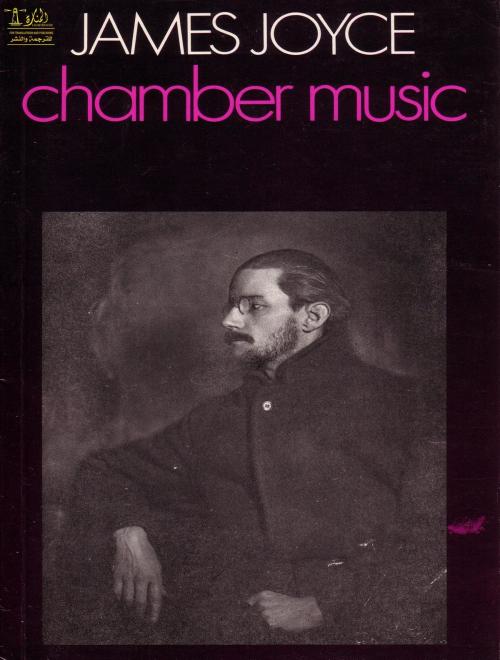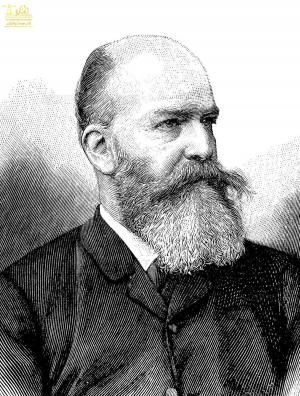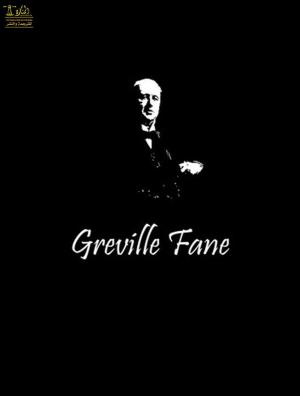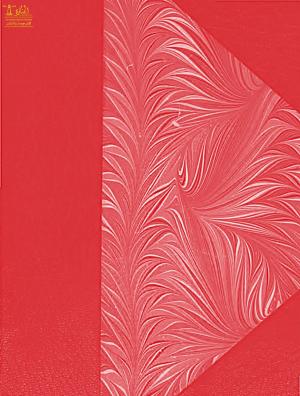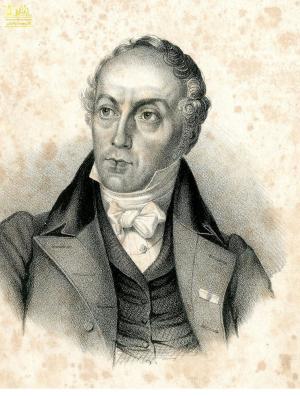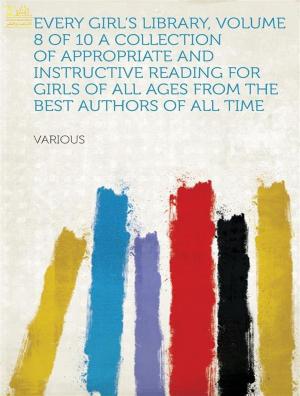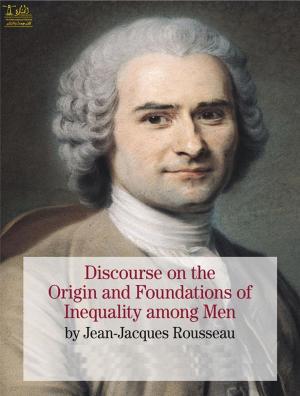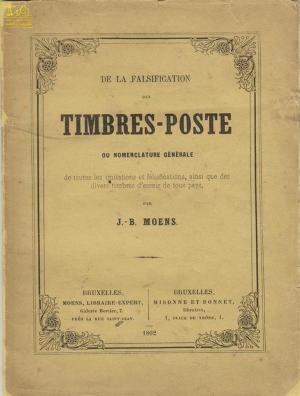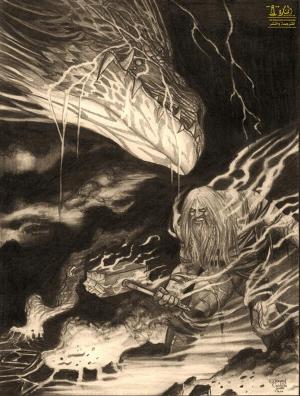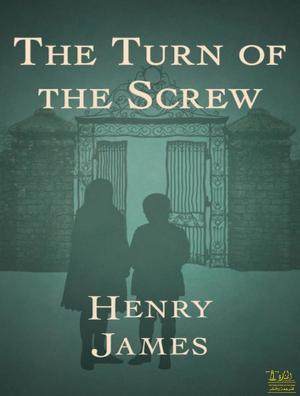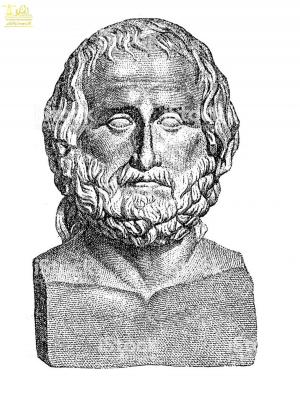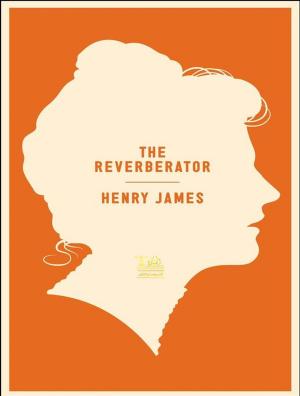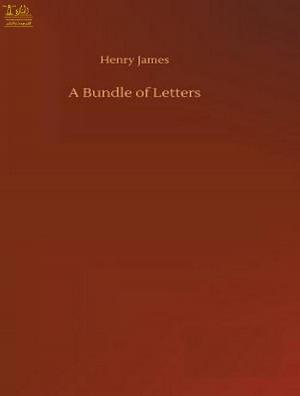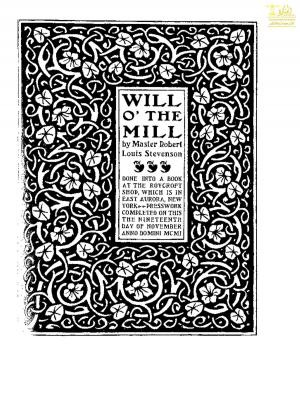Chamber Music
Nonfiction, Entertainment, Drama, Anthologies, Fiction & Literature, Literary Theory & Criticism| Author: | James Joyce | ISBN: | 9780599315129 |
| Publisher: | Lighthouse Books for Translation Publishing | Publication: | May 4, 2019 |
| Imprint: | Lighthouse Books for Translation and Publishing | Language: | English |
| Author: | James Joyce |
| ISBN: | 9780599315129 |
| Publisher: | Lighthouse Books for Translation Publishing |
| Publication: | May 4, 2019 |
| Imprint: | Lighthouse Books for Translation and Publishing |
| Language: | English |
Chamber Music is a collection of poems by James Joyce, published by Elkin Mathews in May 1907. The collection originally comprised thirty-four love poems, but two further poems were added before publication.
James Joyce was born on February 2, 1882 in Dublin, Ireland. He published "Portrait of the Artist" in 1916 and caught the attention of Ezra Pound. With "Ulysses," Joyce perfected his stream-of-consciousness style and became a literary celebrity. The explicit content of his prose brought about landmark legal decisions on obscenity. Joyce battled eye ailments for most of his life. He died in 1941.
Born James Augustine Aloysius Joyce on February 2, 1882 in Dublin, Ireland, Joyce was one of the most revered writers of the 20th century, whose landmark book, Ulysses, is often hailed as one of the finest novels ever written. His exploration of language and new literary forms showed not only his genius as a writer but spawned a fresh approach for novelists, one that drew heavily on Joyce's love of the stream-of-consciousness technique and the examination of big events through small happenings in everyday lives.
Joyce came from a big family. He was the eldest of ten children born to John Stanislaus Joyce and his wife Marry Murray Joyce. His father, while a talented singer (he reportedly had one of the finest tenor voices in all of Ireland), didn't provide a stable a household. He liked to drink and his lack of attention to the family finances meant the Joyces never had much money.
From an early age, James Joyce showed not only exceeding intelligence but also a gift for writing and a passion for literature. He taught himself Norwegian so he could read Henrik Ibsen's plays in the language they'd been written, and spent his free time devouring Dante, Aristotle, and Thomas Aquinas.
Because of his intelligence Joyce's family pushed him to get an education. Largely educated by Jesuits, Joyce attended the Irish schools of Clongowes Wood College and later Belvedere College before finally landing at University College Dublin, where he earned a Bachelor of Arts degree with a focus on modern languages.
Joyce's relationship with his native country was a complex one and after graduating he left Ireland for a new life in Paris where he hoped to study medicine. He returned, however, not long after upon learning that his mother had become sick. She died in 1903.
Joyce stayed in Ireland for a short time, long enough to meet Nora Barnacle, a hotel chambermaid who hailed from Galway and later became his wife. Around this time, Joyce also had his first short story published in the Irish Homestead magazine. The publication picked up two more Joyce works, but this start of a literary career was not enough to keep him in Ireland and in late 1904 he and Barnacle moved first to what is now the Croatian city of Pula before settling in the Italian seaport city of Trieste.
There, Joyce taught English and learned Italian, one of 17 languages he could speak, a list that included Arabic, Sanskrit, and Greek. Other moves followed, as the Joyce and Barnacle (the two weren't formally married until some three decades after they met) made their home in cities like Rome and Paris. To keep his family above water (the couple went on to have two children, Georgio and Lucia) Joyce continued to find work as a teacher.
Chamber Music is a collection of poems by James Joyce, published by Elkin Mathews in May 1907. The collection originally comprised thirty-four love poems, but two further poems were added before publication.
James Joyce was born on February 2, 1882 in Dublin, Ireland. He published "Portrait of the Artist" in 1916 and caught the attention of Ezra Pound. With "Ulysses," Joyce perfected his stream-of-consciousness style and became a literary celebrity. The explicit content of his prose brought about landmark legal decisions on obscenity. Joyce battled eye ailments for most of his life. He died in 1941.
Born James Augustine Aloysius Joyce on February 2, 1882 in Dublin, Ireland, Joyce was one of the most revered writers of the 20th century, whose landmark book, Ulysses, is often hailed as one of the finest novels ever written. His exploration of language and new literary forms showed not only his genius as a writer but spawned a fresh approach for novelists, one that drew heavily on Joyce's love of the stream-of-consciousness technique and the examination of big events through small happenings in everyday lives.
Joyce came from a big family. He was the eldest of ten children born to John Stanislaus Joyce and his wife Marry Murray Joyce. His father, while a talented singer (he reportedly had one of the finest tenor voices in all of Ireland), didn't provide a stable a household. He liked to drink and his lack of attention to the family finances meant the Joyces never had much money.
From an early age, James Joyce showed not only exceeding intelligence but also a gift for writing and a passion for literature. He taught himself Norwegian so he could read Henrik Ibsen's plays in the language they'd been written, and spent his free time devouring Dante, Aristotle, and Thomas Aquinas.
Because of his intelligence Joyce's family pushed him to get an education. Largely educated by Jesuits, Joyce attended the Irish schools of Clongowes Wood College and later Belvedere College before finally landing at University College Dublin, where he earned a Bachelor of Arts degree with a focus on modern languages.
Joyce's relationship with his native country was a complex one and after graduating he left Ireland for a new life in Paris where he hoped to study medicine. He returned, however, not long after upon learning that his mother had become sick. She died in 1903.
Joyce stayed in Ireland for a short time, long enough to meet Nora Barnacle, a hotel chambermaid who hailed from Galway and later became his wife. Around this time, Joyce also had his first short story published in the Irish Homestead magazine. The publication picked up two more Joyce works, but this start of a literary career was not enough to keep him in Ireland and in late 1904 he and Barnacle moved first to what is now the Croatian city of Pula before settling in the Italian seaport city of Trieste.
There, Joyce taught English and learned Italian, one of 17 languages he could speak, a list that included Arabic, Sanskrit, and Greek. Other moves followed, as the Joyce and Barnacle (the two weren't formally married until some three decades after they met) made their home in cities like Rome and Paris. To keep his family above water (the couple went on to have two children, Georgio and Lucia) Joyce continued to find work as a teacher.
